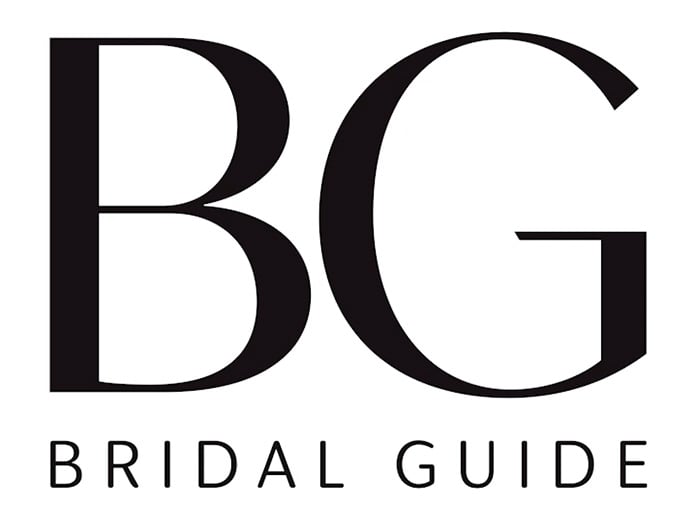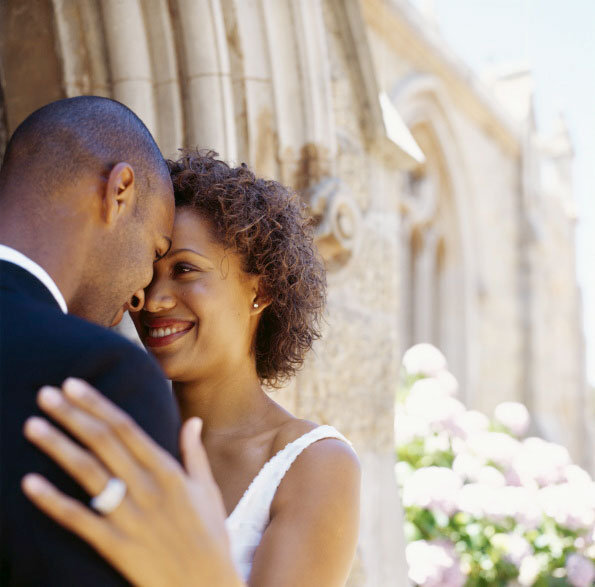From carats to color to settings, here's the lowdown on every facet of shopping for the perfect diamond.
By: Elena Donovan MauerYou've probably already heard about the "4Cs," those famous universally accepted measurements of a diamond's value. Now all you need to decide is which are most important to you when choosing your gem.
Cut:
|
The Royal Treatment Loving the blue gems? Well, you’re not alone…and you have very good taste: Throughout history, kings, queens and princesses have had longstanding love affairs with jewels of this majestic hue. The most recent, and perhaps most famous, is the one in the late Princess Diana’s engagement ring, an 18-carat sapphire set in platinum and surrounded by diamonds. Queen Elizabeth II favors her birthstone, the aquamarine. Shortly after her coronation in 1953, the monarch received an aquamarine necklace, bracelet and earring set, a gift from the people of Brazil. She has since added an aquamarine-studded tiara to the mix, and she sometimes trots out the entire ensemble for state occasions. Opals were the objects of Queen Victoria’s affection. These gems became hugely popular during her reign—she herself wore them all the time and gave them as wedding presents to her five daughters. Finally, during the mid-17th century the French monarchy acquired the infamous Hope Diamond—a brilliant blue one weighing 45.52 carats—that’s now on display at the Smithsonian Institution. King Louis XIV and his successors relished wearing it. In fact, Louis XIV reportedly sported the “French Blue” on a ribbon around his neck. |
Often called the most critical of the four attributes of a diamond, cut refers its proportions. The more perfectly a craftsman has cut the diamond's shape, the more sparkle it will have.
Color:
"White" diamonds are graded on a scale from D (colorless and most pricey) to Z. Don't stress about this one; the untrained eye can't tell the difference from D to H. Simply ask if you can look at your diamond away from the store's bright lights to ensure you're happy with its color. (Colored diamonds are differently assessed. See "Color Code," at right.)
Carat:
This is a measure of your diamond's weight; one carat equals 200 milligrams. For a stone that's less than one carat, the weight will be measured in "points." Remember this: One carat equals 100 points, so a half-carat rock weighs in at 50 points, and so on. (Your stone's setting can make it look bigger. See "Set the Stage," below.)
Clarity:
When you look at your diamond through a magnifying loupe, you may see a tiny flaw—a whitish dot or dark spot that looks like a crystal or a cloud, for instance. Most of these "inclusions" can only be seen through a microscope, but the less there are in a diamond, the more flawless, rare and expensive it is.
For more on the 4Cs, go to gia.edu.
Set the Stage
Chic:
In a bezel setting, metal surrounds your gem, securing it with a rim. This setting can actually make your rock look bigger. Pay close attention to the metal's color—yellow or white gold, for example—to be sure it shows off the hue of your diamond. Ring by A. Jaffe.
Classic:
A prong setting like this one holds your diamond in place with metal claws. It's the most popular setting because it lets light in—and out—from all angles, creating brilliance. Be sure you love how the prongs look and the way the setting cradles your gem. Ring by Tiffany.
Modern:
An ultracontemporary tension setting holds the stone so it seems to hover in the middle. Don't worry; this rock isn't going anywhere. More than 65 pounds of pressure keep it firmly positioned, making it quite the conversation piece. Ring by GelinAbaci.
Color Code
Have you been eyeing the candy-hued carats worn by stars like Heidi Klum and Katie Holmes? Know that shopping for your own colored diamond presents some challenges.
“Only one out of ten-thousand diamonds is naturally colored,” says Jordan Fine of the Natural Colored Diamond Association (NCDIA). “You could have a hard time finding a large selection.”
Luckily, the NCDIA’s website (ncdia.com) lists retailers and designers who work with these coveted stones. Once you’re at the store, know that the 4Cs don’t exactly apply. “With a colored diamond, it really is about the color,” says Fine.
Gray, yellow and brown are more common than pink, blue and orange; the rarer the color, the pricier the stone. The intensity of your chosen hue is the other major factor. In general, pale shades are more affordable than deep ones. “A one-carat diamond in a vivid pink can cost ten times as much as one that’s pale,” says Fine.
And while that cost would range from $20,000 to $200,000, you don’t need a fortune to afford a colored rock. “Yellow, champagne, olive and cognac diamonds can cost about the same or even less than some white diamonds,” says Fine.




